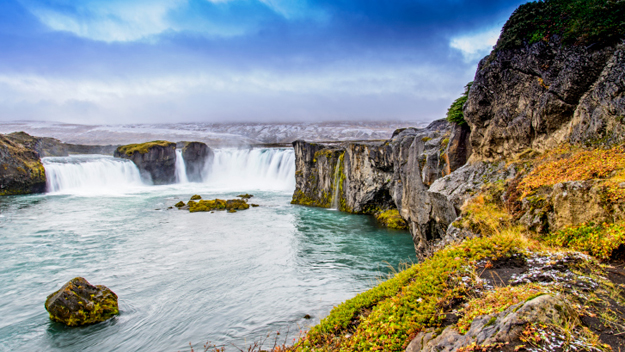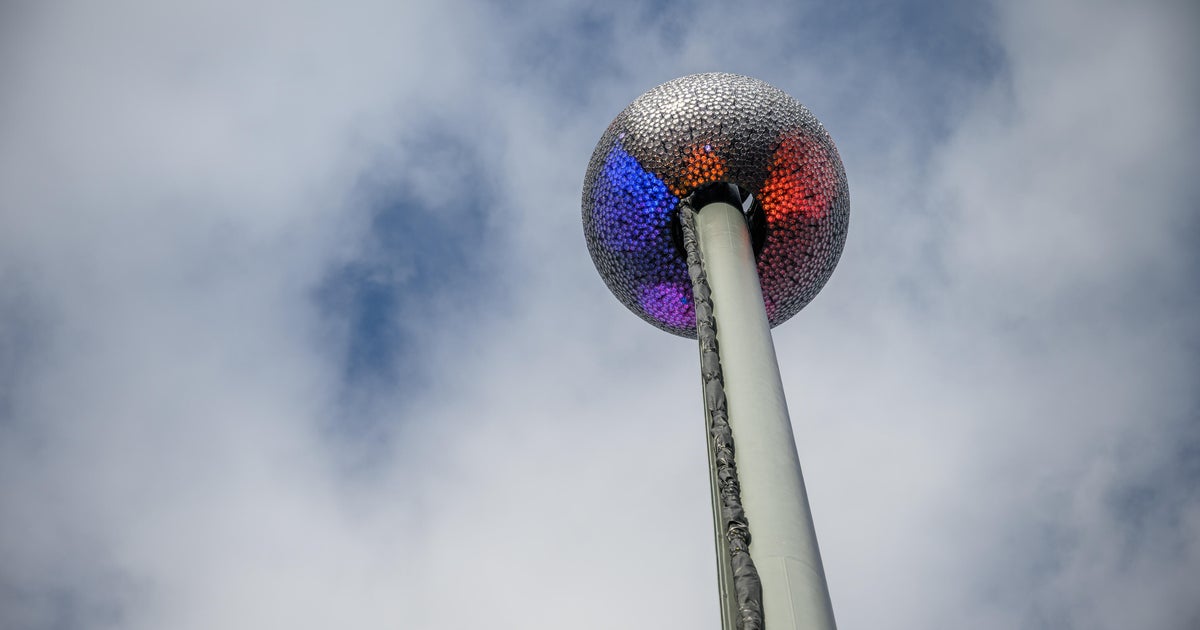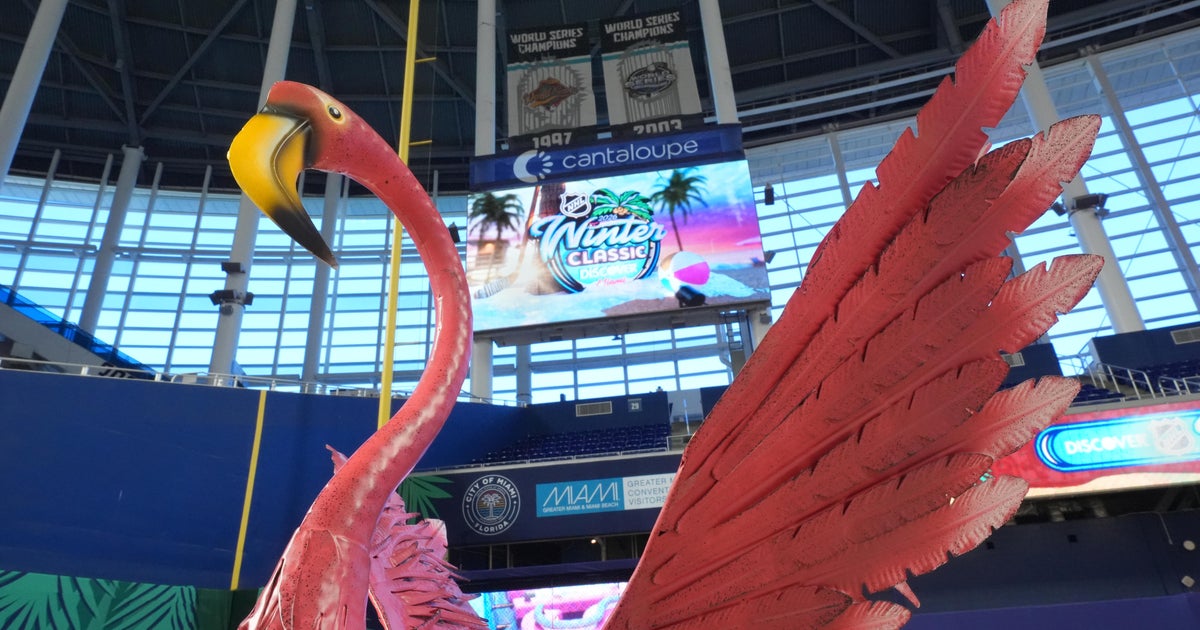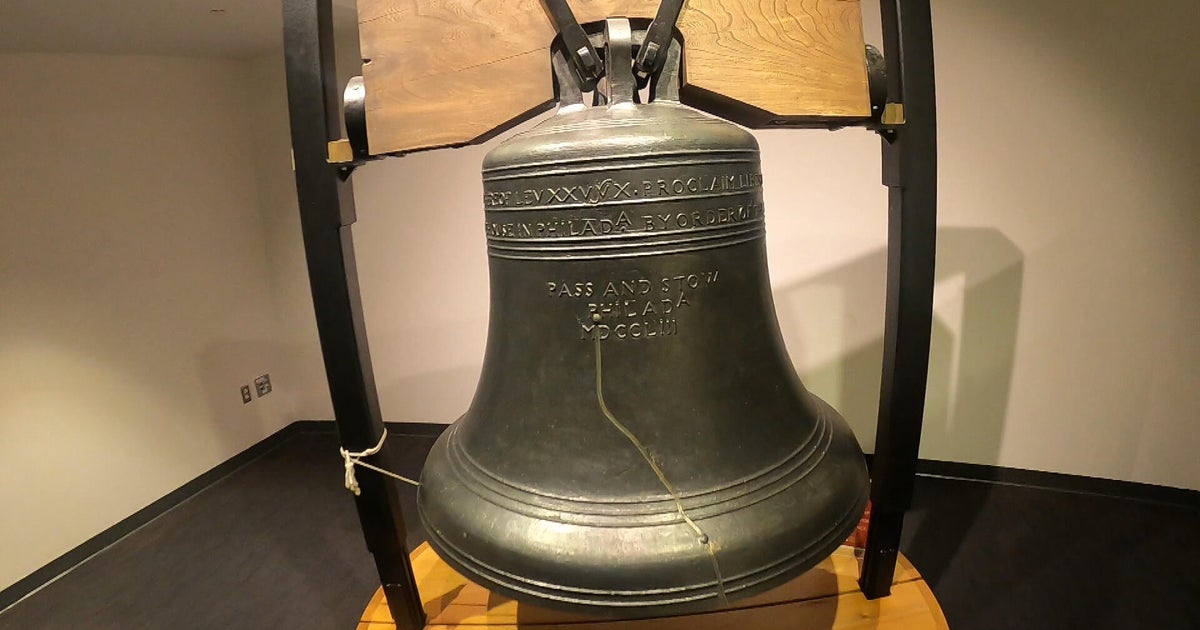Outdoorsmans Guide To Iceland
 (credit: Thinkstock)
(credit: Thinkstock)
Travelers from around the world make their way to Iceland, where they can get up close with the country's magical outdoors. Located atop of one of the most volcanically active hot spots in the world, Iceland offers outdoorsmen (and women) everything from bubbling hot springs to breathtakingly beautiful glaciers and rugged fjords to the perfect spot to watch the sun set.
How To Get There
Many travelers going to Iceland fly in to Iceland's Keflavik International Airport. Flights to Iceland are available via both direct and connecting flights from the United States, Canada, the United Kingdom and several cities throughout Europe. Icelandair does offer direct flights from the U.S. and Canada. However, the schedule will change throughout the year depending upon demand. The best deals for airfare are available when booking an all-inclusive package tour, which may also include accommodations and adventure tours.
Some travelers even make their way to Iceland via sea aboard the Faroese superferry Norrona. This ferry makes once a week crossings of the North Atlantic.
Upon arrival, getting around Iceland should be fairly easy, especially during the summer months. Visitors can fly or catch a bus to almost all major areas of the country. However, in the winter months, travel around the country may be easier by flying because, depending upon the weather, road travel may be restricted. Depending upon the area, car rentals, bicycling and four-wheelers are also great transportation options.
Activities
Iceland is home to many activities outdoor enthusiasts must experience. Outdoorsman will find everything from lava plains to glacier-capped plateaus and alpine meadows to black sand deserts waiting for them to explore. The Icelandic Forest Service overlooks the different national parks and reserves in Iceland, offering visitors plenty of opportunities to explore the great outdoors of the country. Activities available to those seeking an outdoor adventure include fishing, jeep tours, aerial tours, golfing on snow-covered courses, horseback riding, snow sports and whale watching.
Top hiking trails can be found at the Snaefellsnes Peninsula, Hornstrandir, Jokulsargljufur National Park, Lonsoraefi Reserve and Skaftafell National Park. A variety of landscapes can be seen while hiking, including several different volcanic formations.
Though many will not be traveling to Iceland in hopes of swimming, there are many natural hot springs throughout the wilderness regions offering visitors the opportunity to take a dip if they dare to brave the cold when getting out of the water. Top places to take a dip in a hot spring include The Blue Lagoon, Landmannalaugar and Grjótagjá.
One of the biggest reasons travelers make their way to Iceland is to see the northern lights. These lights are produced in the sky as a result of electrically charged particles produced by the sun as they collide with the gaseous particles in Earth's atmosphere. The result is bright displays of colorful, dancing lights. Colors can range from white to green and pink to purple. The best time to see the northern lights in Iceland is between the months of September to mid-April.
Exploring Iceland is an exciting adventure that will create memories to last a lifetime. Those wanting to enjoy the great outdoors of Iceland will want to make sure to pack according to the season they plan on visiting. Most regions of Iceland are cold and depending upon where travelers are coming from, it may be a shock to discover how cold it may feel.
For summer travel, visitors will want to dress in layers because average temperatures are in the 50s. However, it is possible for temperatures to reach the 70s or 80s during the day (but that's not normal). Suggested clothing items to wear include both short and long-sleeved shirts, a sweater, a light jacket and pants. Those wanting to trek up the mountains or walk on glaciers will want to bring hiking boots and waterproof/quick-drying pants. Wool socks, thick gloves and thermal underwear are also a good thing to have with when exploring Iceland.
For winter travel, visitors will want to pack similar items to those visiting in the summer, but just a little bit warmer. Temperatures can range from the mid-20s to the mid-30s in the winter months. Make sure to include extra layers and thick outer jackets when wanting to dogsled, ski, hike or go whale watching in the winter. Other items to bring may include a swimsuit, beach towel, GPS device, fishing gear, first aid kit, insect repellent, sunglasses and sunscreen, binoculars and a camera.
Where To Stay
Tourism to Iceland is growing every year, which is why booking ahead of time is essential. The earlier a trip is booked, the greater the chance of getting the hotel you want and learning about different specials. Those traveling on a budget will be able to find prices discounted by as much as 40 percent in the winter months. However, during the winter, many smaller places to stay will close. This makes it difficult to find accommodations this time of year.
There are a variety of different places to stay in Iceland, including guesthouses, hotels, farmhouses, mountain huts, hostels and cabins. Guesthouses are similar to bed and breakfasts that are generally found in private homes. These accommodation options are cheaper than hotels and can offer cooking facilities, full-sized bathrooms and room enough for up to six people. Popular hotel options in Iceland include Icelandair Hotels, Edda Hotels, Fosshotel and Kea Hotels.
To find a farmhouse to stay in, travelers can find 150 accommodation options at Icelandic Farm Holidays. Hostel information can be found from Youth Hostelling International and members are eligible to receive discounts when booking their accommodations before leaving home. Camping is also available at many campsites throughout Iceland, and sites are generally found neighboring farmhouses, hotels and guesthouses. Camping is popular among natives of Iceland and a great way to meet locals. Those wanting a full outdoor adventure can find more information about camping at Nordic Adventure Travel.
Your first visit to Iceland will reveal a place where nature is king. Though there are some modern areas in the country, this is definitely one vacation destination where outdoorsy folks will have the time of their lives.







